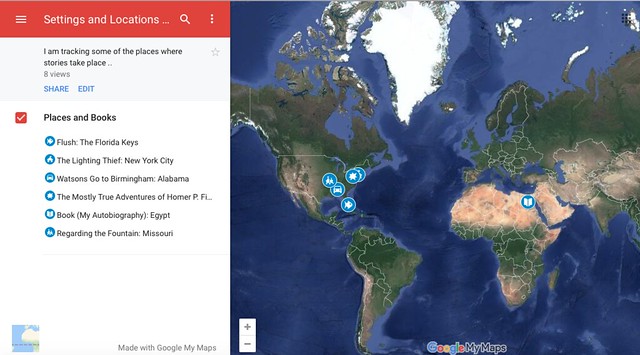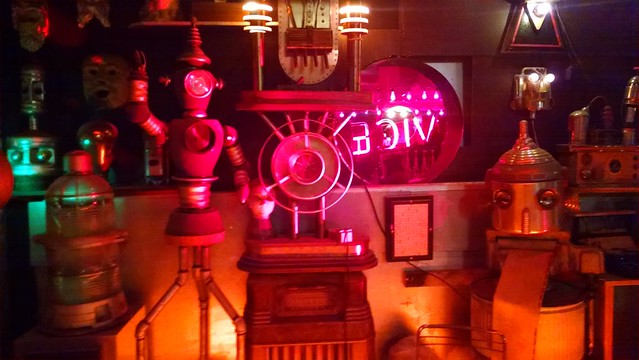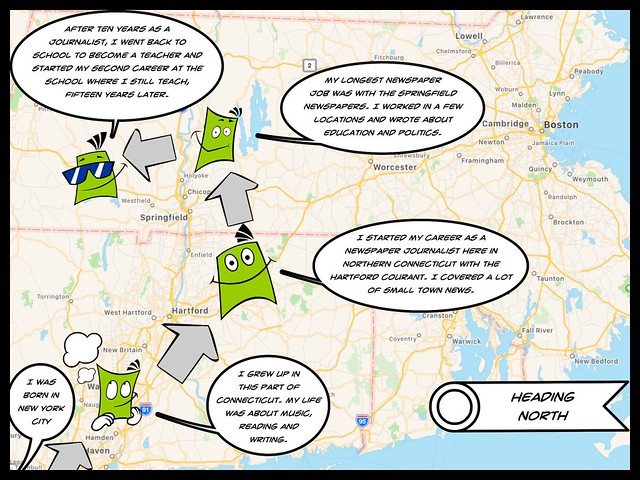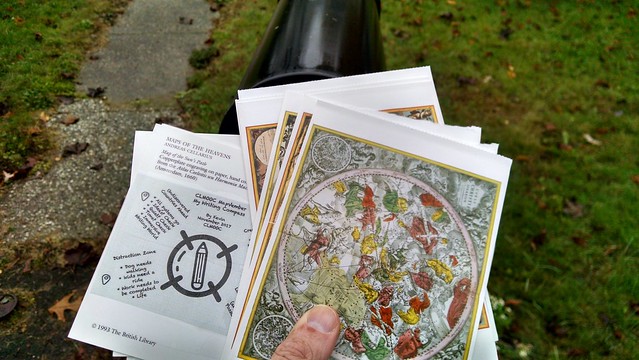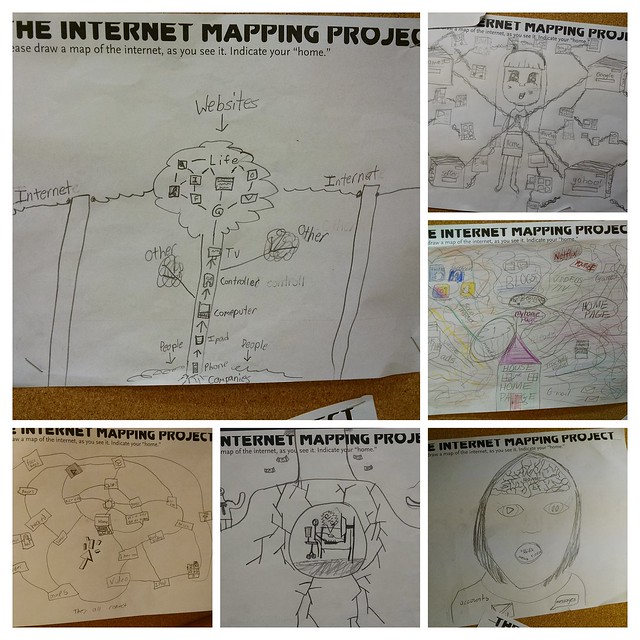I am immersing myself in making music, and found myself connected to the idea of a musical landscape, a musical map of ideas expressed not in latitude and longitude, but in sound, melody and rhythm. This project connects back to this month’s Pop-Up Make Cycle with the CLMOOC.
I have already shared out three pieces:
This fourth piece, entitled Cue the Queue, is inspired by the bird talk I heard while walking our dog, Duke. A flock of somethings were chattering up in the pine trees of the front drive. When we walked close, the entire tree went silent. As we wandered past, the chatter started up again. I imagined one lead bird, with baton, queuing them up. Meanwhile, the beat is that of the dog and I, walking away.
Listen to Cue the Queue
Thanks for taking the time to pay attention.
Peace (in the quiet),
Kevin
